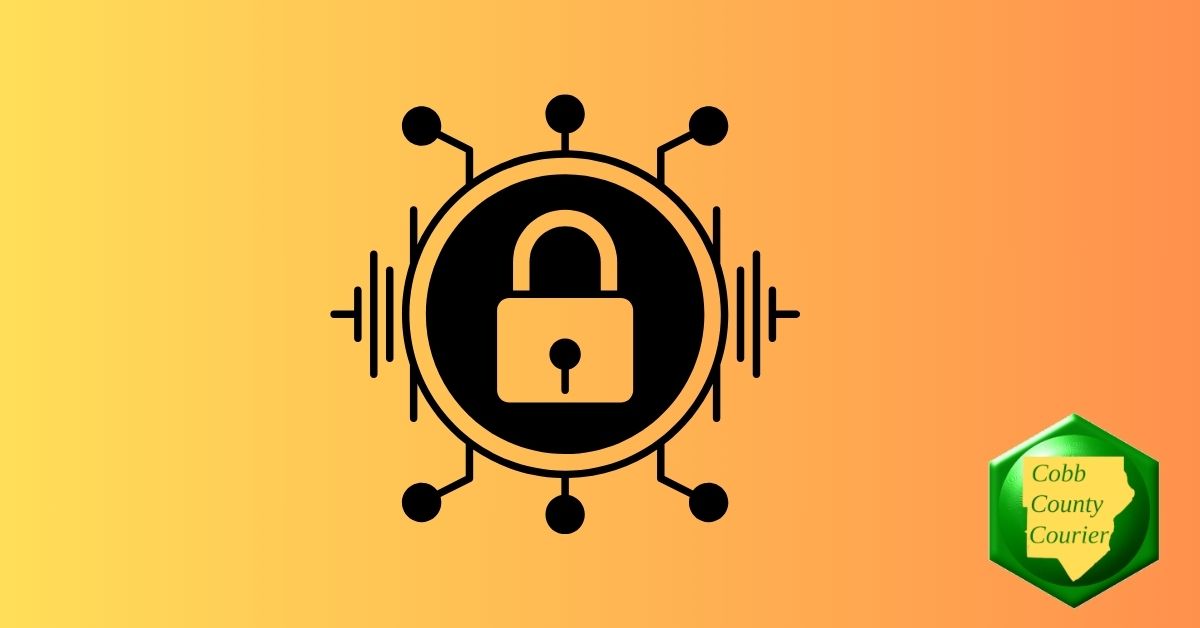In today’s digitally driven world, the constant threat of cyber attacks looms large, prompting many individuals and organizations to invest heavily in cybersecurity products and services. The cybersecurity industry, a multi-billion dollar business, thrives on marketing tactics that instill fear, shift blame, and emphasize complexity to persuade consumers to adopt the latest solutions.
However, a closer look at this technology vs. user cycle reveals a troubling pattern. Instead of empowering users to take control of their own security, these fear-based marketing strategies often leave individuals feeling overwhelmed, helpless, and resigned to the idea that cybersecurity is beyond their comprehension. The result is a vicious cycle where consumers become increasingly reliant on security products while neglecting basic security practices, ultimately making them more vulnerable to cyber threats.
This detrimental trend has not gone unnoticed by cybersecurity experts like Professor Doug Jacobson, who has observed the evolution of cybercrime over the past few decades. As cybercriminals have shifted their focus from traditional targets like businesses and governments to everyday users, the need for user empowerment in the realm of cybersecurity has become more urgent than ever.
Jacobson emphasizes the importance of community-driven initiatives, local resources, and trusted networks in empowering users to take charge of their own cybersecurity. By seeking guidance from community organizations, libraries, and tech-savvy friends, individuals can gain the knowledge and support needed to make informed decisions and adopt thoughtful security practices.
Instead of relying solely on complex security products, Jacobson advocates for a more inclusive and accessible approach to cybersecurity education and tools. By fostering a culture of shared responsibility and empowerment within communities, individuals can enhance their digital resilience and create a more secure online environment for all.
In conclusion, the key to combating cyber threats lies not just in sophisticated security solutions, but in the empowerment of users to actively engage with their own security practices. By building a network of trusted resources and taking proactive steps to educate themselves about cybersecurity, individuals can navigate the digital landscape with confidence and resilience. This shift towards community-driven empowerment may prove to be the most effective defense against the ever-evolving threat of cybercrime.


